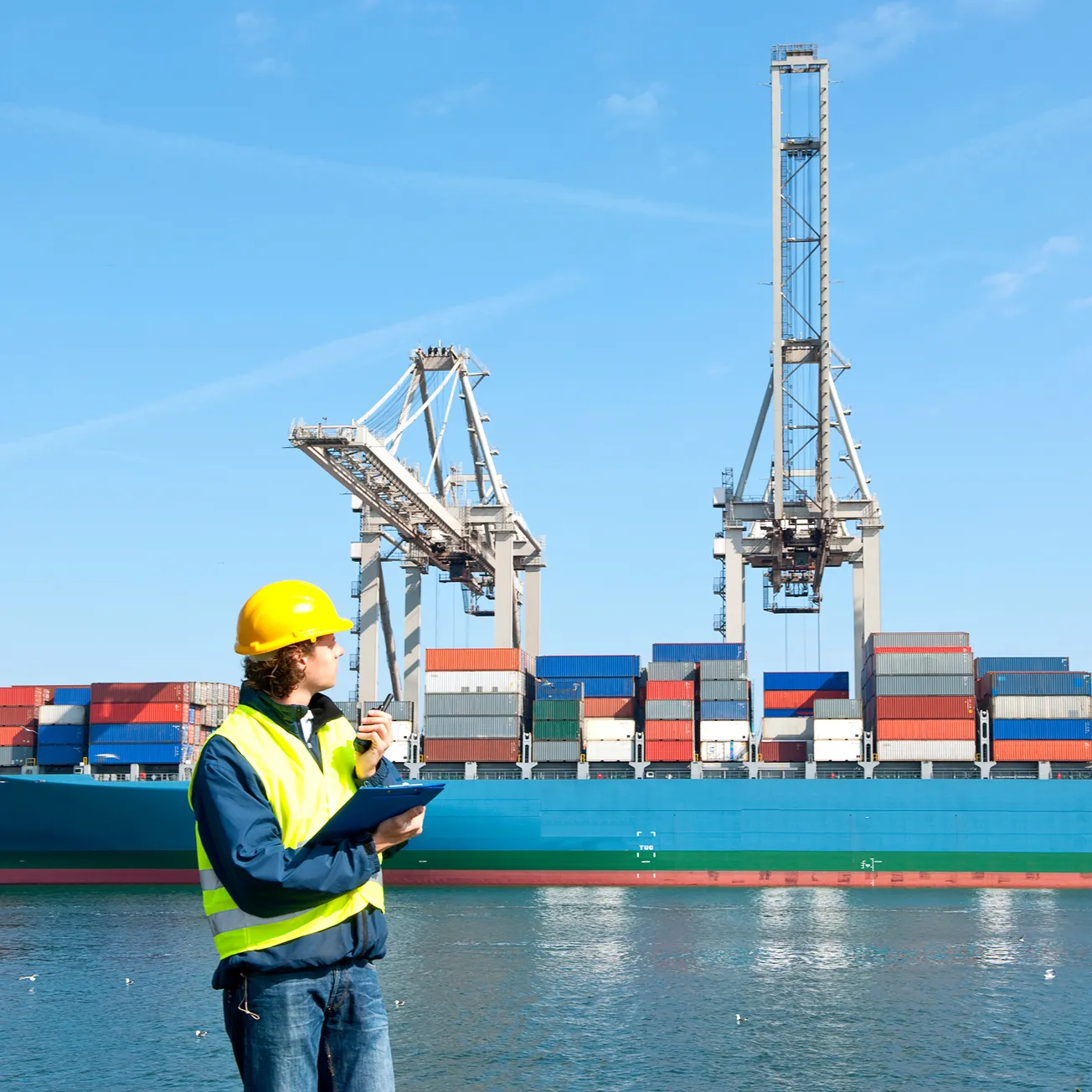A tentative six-year contract between the International Longshoremen’s Association and the United States Maritime Alliance marks a sign of relief for ports bracing for potential tariff impacts in 2025.
Labor Agreements: Averting Disruption and Embracing Modernization
The ILA and USMX's tentative agreement, reached just before the January 15 deadline, has been pivotal in preventing a strike that could have paralyzed major ports from Maine to Texas. This accord not only safeguards existing jobs for East Coast and Gulf of Mexico facilities but also lays the groundwork for integrating new technologies aimed at modernizing port operations.
A central aspect of the negotiations was the contentious issue of automation, with the union securing assurances against job losses due to technological advancements.
The agreement includes a substantial 62% wage increase over six years, elevating average wages from $39 an hour to approximately $63 an hour. This wage adjustment reflects the industry's recognition of the essential role dockworkers play in maintaining the flow of goods across the nation.
Moreover, the deal establishes a framework for implementing technologies that will create more jobs while modernizing East and Gulf Coast ports, enhancing safety and efficiency, and bolstering supply chain resilience.
West Coast port workers reached a similar 6-year labor agreement in mid- 2023.
Tariffs: Implications for Supply Chains
President-elect Donald Trump's proposed tariffs, including a 25% levy on imports from Canada and Mexico and up to 60% on certain Chinese goods, are poised to significantly impact U.S. supply chains. These measures aim to incentivize domestic production but carry the risk of escalating costs for businesses and consumers. Industries heavily reliant on international trade, such as automotive and electronics manufacturing, are particularly vulnerable.
The automotive sector, characterized by its intricate cross-border supply chains, faces potential disruptions. Components often traverse borders multiple times before final assembly, and the imposition of tariffs could lead to increased production costs and logistical challenges. Similarly, the electronics industry, which depends on a global network for sourcing parts and materials, may encounter supply chain bottlenecks and heightened expenses.
Businesses are adopting various strategies to mitigate the anticipated impact of tariffs. Some are accelerating imports to stockpile essential components before the tariffs take effect, while others are exploring alternative sourcing options, including shifting production to countries not subject to the new tariffs. Additionally, companies are reevaluating their pricing strategies to accommodate the expected increase in costs, aiming to maintain competitiveness in a fluctuating market environment.
Strategies Amidst Uncertainty
The convergence of labor agreements and impending tariffs underscores the critical need for resilience within U.S. supply chains. Businesses are increasingly focusing on diversifying their supplier base, investing in technology to enhance supply chain visibility, and building flexibility into their logistics operations. These measures are designed to enable swift responses to disruptions, whether stemming from labor disputes, policy changes, or other unforeseen challenges.
Companies are engaging in proactive communication with stakeholders, including suppliers, customers, and regulatory bodies, to navigate the evolving landscape effectively. By fostering collaborative relationships and staying informed about policy developments, businesses can better anticipate changes and adapt their strategies accordingly.
The interplay between recent labor agreements and proposed tariffs presents both challenges and opportunities for U.S. ports and the broader supply chain ecosystem. The tentative ILA-USMX contract exemplifies a commitment to modernization and job protection, setting a precedent for collaborative adaptation to technological advancements. The potential implementation of new tariffs also necessitates strategic planning and agility from businesses to maintain operational continuity and competitiveness.
As the year progresses, the resilience and adaptability of U.S. supply chains will be tested.









